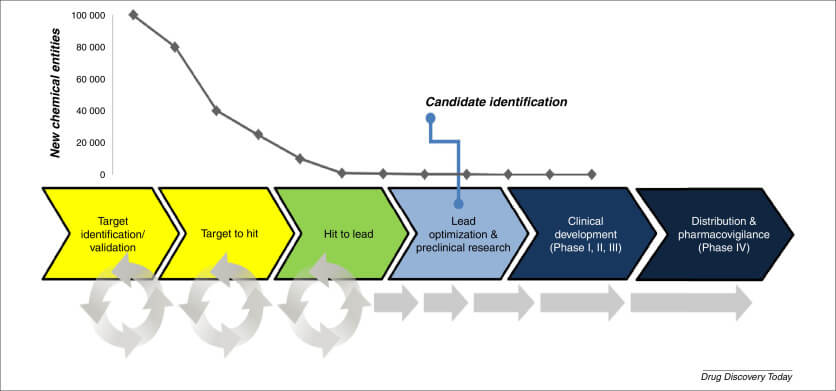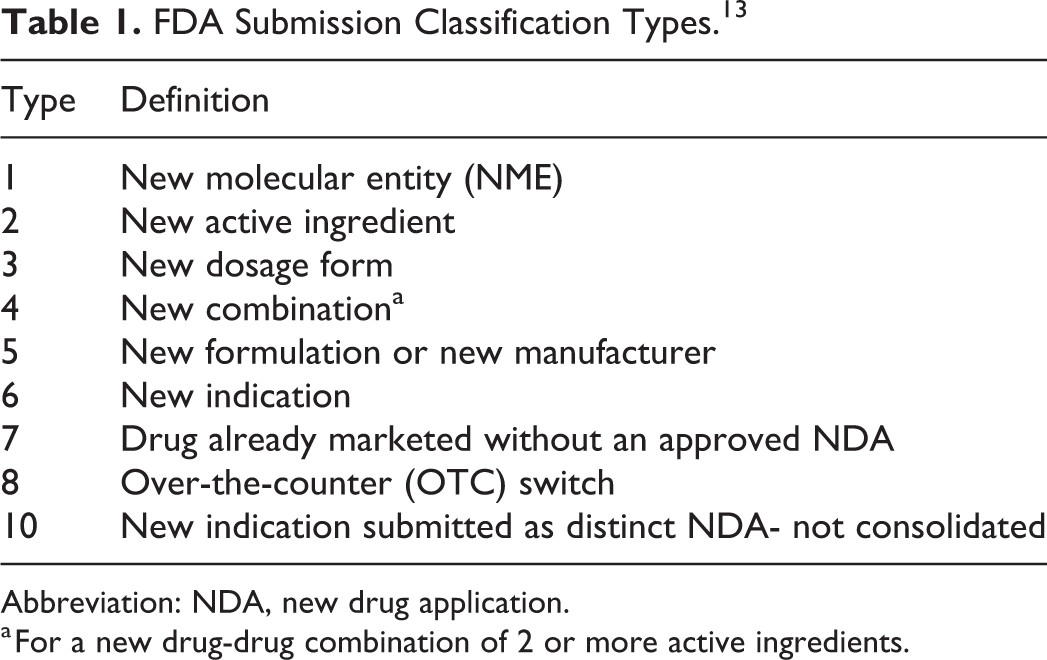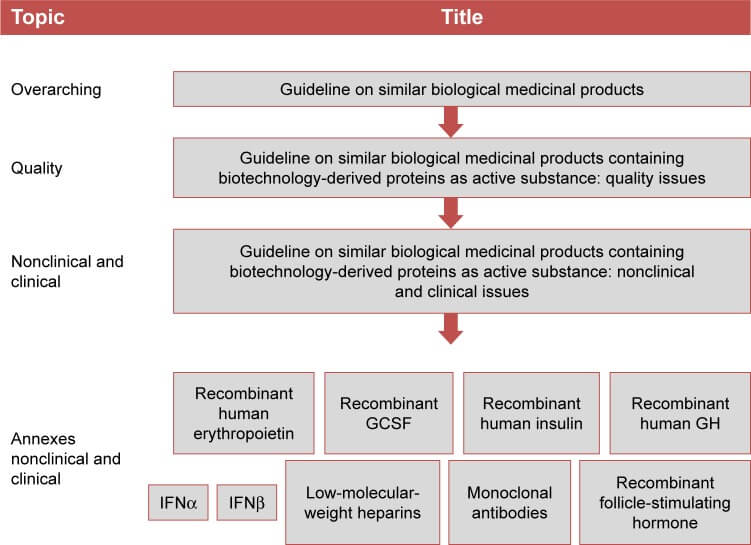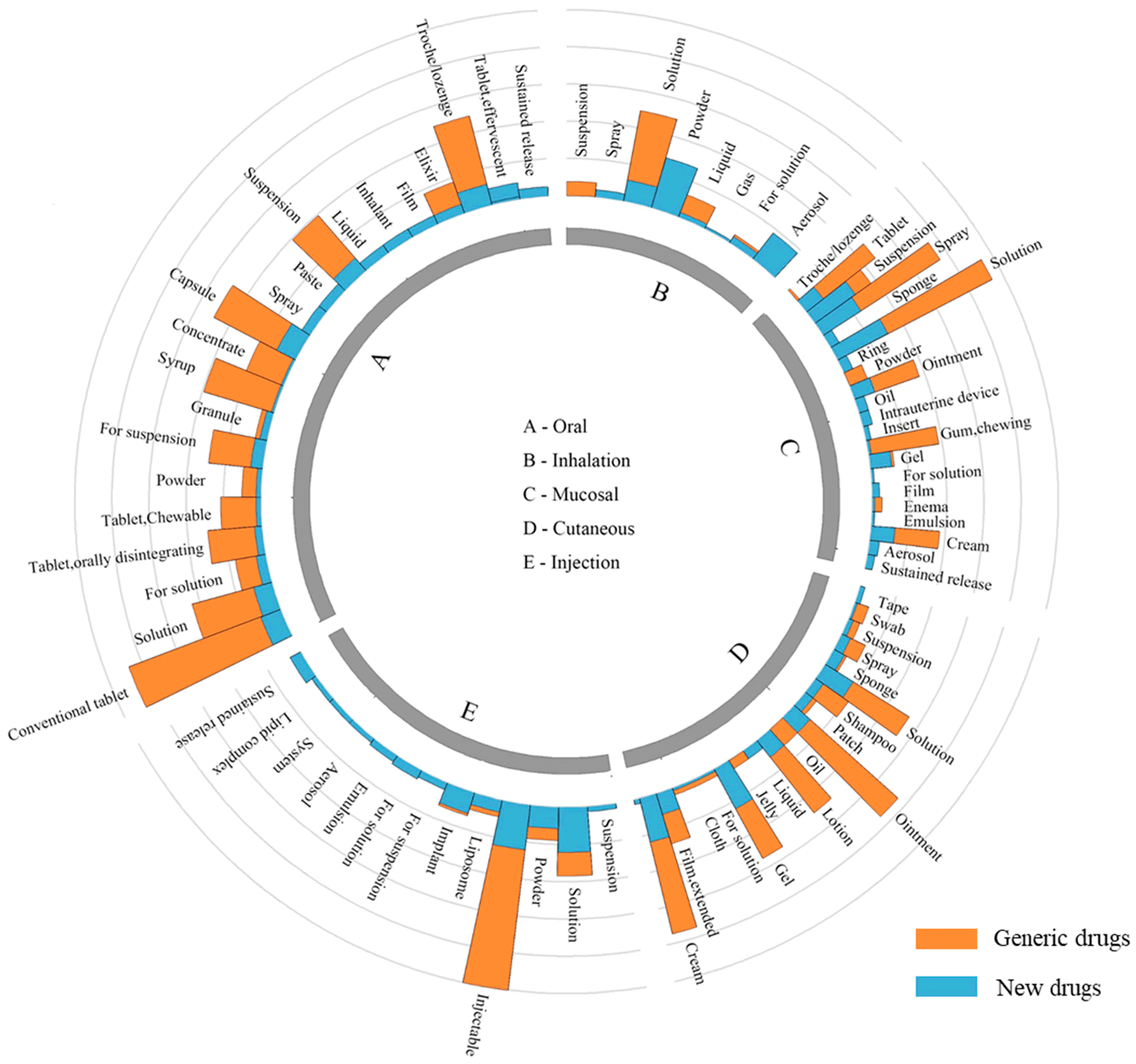In the complex world of pharmaceutical manufacturing, finding the right Key Starting Materials (KSMs) for Active Pharmaceutical Ingredients (APIs) is crucial for success. This comprehensive guide will walk you through the process of identifying, sourcing, and evaluating KSMs to ensure the quality and efficiency of your API production.
Understanding Key Starting Materials (KSMs)
Key Starting Materials are essential components in the synthesis of pharmaceutical APIs. They are the building blocks that form the foundation of drug manufacturing processes. KSMs are typically complex chemical compounds that require multiple synthetic steps to produce the final API.
Importance of KSMs in API Production
The quality and availability of KSMs directly impact the entire pharmaceutical supply chain. Proper selection and sourcing of KSMs can:
- Enhance the efficiency of API production
- Reduce manufacturing costs
- Ensure consistent quality of the final drug product
- Comply with regulatory requirements
Regulatory Considerations for KSMs
Regulatory bodies, such as the FDA and EMA, have specific guidelines for KSMs. These guidelines ensure that the materials used in drug production meet stringent quality and safety standards1.
“The selection and control of starting materials for the manufacture of drug substances is critically important in the overall control strategy.”
– FDA Guidance for Industry
Identifying Potential KSMs
The first step in finding KSMs for pharmaceutical APIs is to identify potential candidates. This process involves a thorough understanding of the API’s chemical structure and synthesis pathway.
Retrosynthetic Analysis
Retrosynthetic analysis is a powerful tool for identifying potential KSMs. This approach involves working backwards from the final API structure to determine the most efficient synthetic route and the necessary starting materials.
Literature Review
Conducting a comprehensive literature review can provide valuable insights into potential KSMs. Scientific journals, patents, and industry reports often contain information on synthetic routes and starting materials for specific APIs.
Utilizing Chemical Databases
Chemical databases such as SciFinder, Reaxys, and PubChem can be invaluable resources for identifying potential KSMs. These databases provide access to a wealth of chemical information, including structures, properties, and synthetic pathways.
Evaluating KSM Candidates
Once potential KSMs have been identified, it’s crucial to evaluate them based on several key criteria.
Chemical and Physical Properties
Consider the following properties when evaluating KSM candidates:
- Molecular structure
- Stability
- Solubility
- Reactivity
- Impurity profile
Synthetic Feasibility
Assess the ease of synthesis for each KSM candidate. Consider factors such as:
- Number of synthetic steps
- Overall yield
- Availability of precursors
- Scalability of the synthetic process
Cost Analysis
Conduct a thorough cost analysis for each KSM candidate, taking into account:
- Raw material costs
- Manufacturing expenses
- Purification requirements
- Potential for cost reduction through process optimization
Regulatory Compliance
Ensure that the selected KSMs comply with relevant regulatory guidelines. Consider factors such as:
- GMP compliance
- Impurity limits
- Residual solvent requirements
- Genotoxic impurity considerations
Sourcing KSMs
Once suitable KSMs have been identified and evaluated, the next step is to source them from reliable suppliers.
Identifying Potential Suppliers
Research potential suppliers through:
- Industry directories
- Trade shows and conferences
- Online marketplaces
- Recommendations from industry peers
Evaluating Supplier Capabilities
When assessing potential suppliers, consider the following factors:
- Manufacturing capacity
- Quality control systems
- Regulatory compliance
- Track record of reliability
- Technical support capabilities
Establishing Strategic Partnerships
Developing long-term relationships with KSM suppliers can provide numerous benefits, including:
- Improved supply chain security
- Collaborative process development
- Potential for cost reductions
- Priority access to new materials and technologies
Quality Control and Characterization of KSMs>
Implementing robust quality control measures is essential to ensure the consistency and reliability of KSMs.
Analytical Methods for KSM Characterization
Utilize a range of analytical techniques to characterize KSMs, including:
- NMR spectroscopy
- Mass spectrometry
- HPLC
- X-ray crystallography
- Elemental analysis
Impurity Profiling
Develop comprehensive impurity profiles for KSMs, considering:
- Process-related impurities
- Degradation products
- Genotoxic impurities
- Residual solvents
Stability Testing
Conduct stability studies to assess the long-term viability of KSMs under various storage conditions.
Optimizing KSM Synthesis
Continuous improvement of KSM synthesis processes can lead to significant benefits in API production.
Process Intensification
Explore opportunities for process intensification, such as:
- Continuous flow chemistry
- Microreactor technology
- Catalytic process improvements
Green Chemistry Approaches
Implement green chemistry principles to enhance the sustainability of KSM synthesis:
- Use of renewable feedstocks
- Reduction of waste and byproducts
- Energy-efficient processes
- Safer solvents and reaction conditions
Managing the KSM Supply Chain
Effective supply chain management is crucial for ensuring a reliable and consistent supply of KSMs.
Risk Assessment and Mitigation
Conduct regular risk assessments of the KSM supply chain, considering factors such as:
- Geopolitical risks
- Natural disasters
- Supplier financial stability
- Regulatory changes
Inventory Management
Implement robust inventory management systems to:
- Optimize stock levels
- Reduce carrying costs
- Ensure continuity of supply
Supplier Audits and Qualification
Regularly audit and qualify KSM suppliers to ensure ongoing compliance with quality and regulatory requirements.
Emerging Trends in KSM Sourcing and Production
Stay informed about emerging trends that may impact KSM sourcing and production in the future.
Artificial Intelligence and Machine Learning
AI and machine learning technologies are increasingly being applied to:
- Predict optimal synthetic routes
- Identify novel KSM candidates
- Optimize reaction conditions
Biocatalysis
Explore the potential of biocatalytic processes for KSM synthesis, which can offer advantages such as:
- Improved stereoselectivity
- Milder reaction conditions
- Reduced environmental impact
Key Takeaways
- Thorough understanding and identification of KSMs is crucial for efficient API production.
- Evaluate KSM candidates based on chemical properties, synthetic feasibility, cost, and regulatory compliance.
- Develop strategic partnerships with reliable KSM suppliers to ensure a stable supply chain.
- Implement robust quality control measures and characterization techniques for KSMs.
- Continuously optimize KSM synthesis processes through process intensification and green chemistry approaches.
- Stay informed about emerging trends in KSM sourcing and production to maintain a competitive edge.
FAQs
- Q: What is the difference between a KSM and an API?
A: A Key Starting Material (KSM) is a crucial component used in the synthesis of an Active Pharmaceutical Ingredient (API). The API is the final drug substance that provides the therapeutic effect in a medication. - Q: How do regulatory agencies define KSMs?
A: Regulatory agencies typically define KSMs as materials used in the synthesis of an API that contribute a significant structural fragment to the API’s molecular structure. The exact definition may vary between agencies and is subject to case-by-case evaluation. - Q: What are some common challenges in sourcing KSMs?
A: Common challenges include supply chain disruptions, quality inconsistencies, regulatory compliance issues, and price fluctuations due to market dynamics or raw material shortages. - Q: How can green chemistry principles be applied to KSM synthesis?
A: Green chemistry principles can be applied by using renewable feedstocks, reducing waste generation, implementing energy-efficient processes, and utilizing safer solvents and reaction conditions in KSM synthesis. - Q: What role does artificial intelligence play in KSM discovery and optimization?
A: AI can assist in predicting optimal synthetic routes, identifying novel KSM candidates, and optimizing reaction conditions, potentially leading to more efficient and cost-effective KSM production processes.
Sources cited:
- FDA Guidance for Industry: Q11 Development and Manufacture of Drug Substances






















